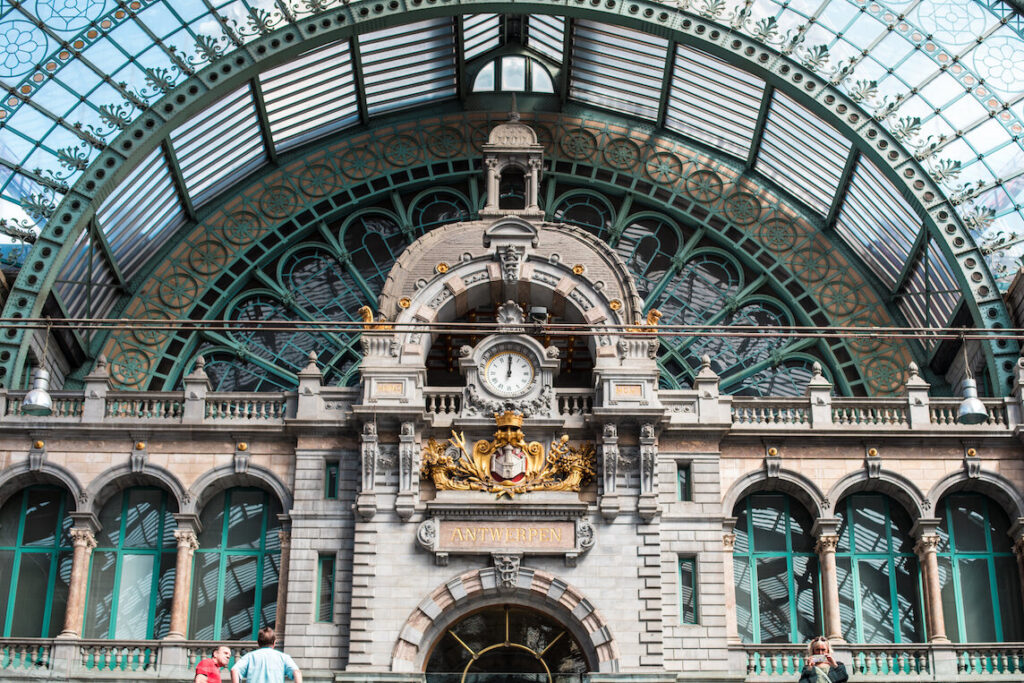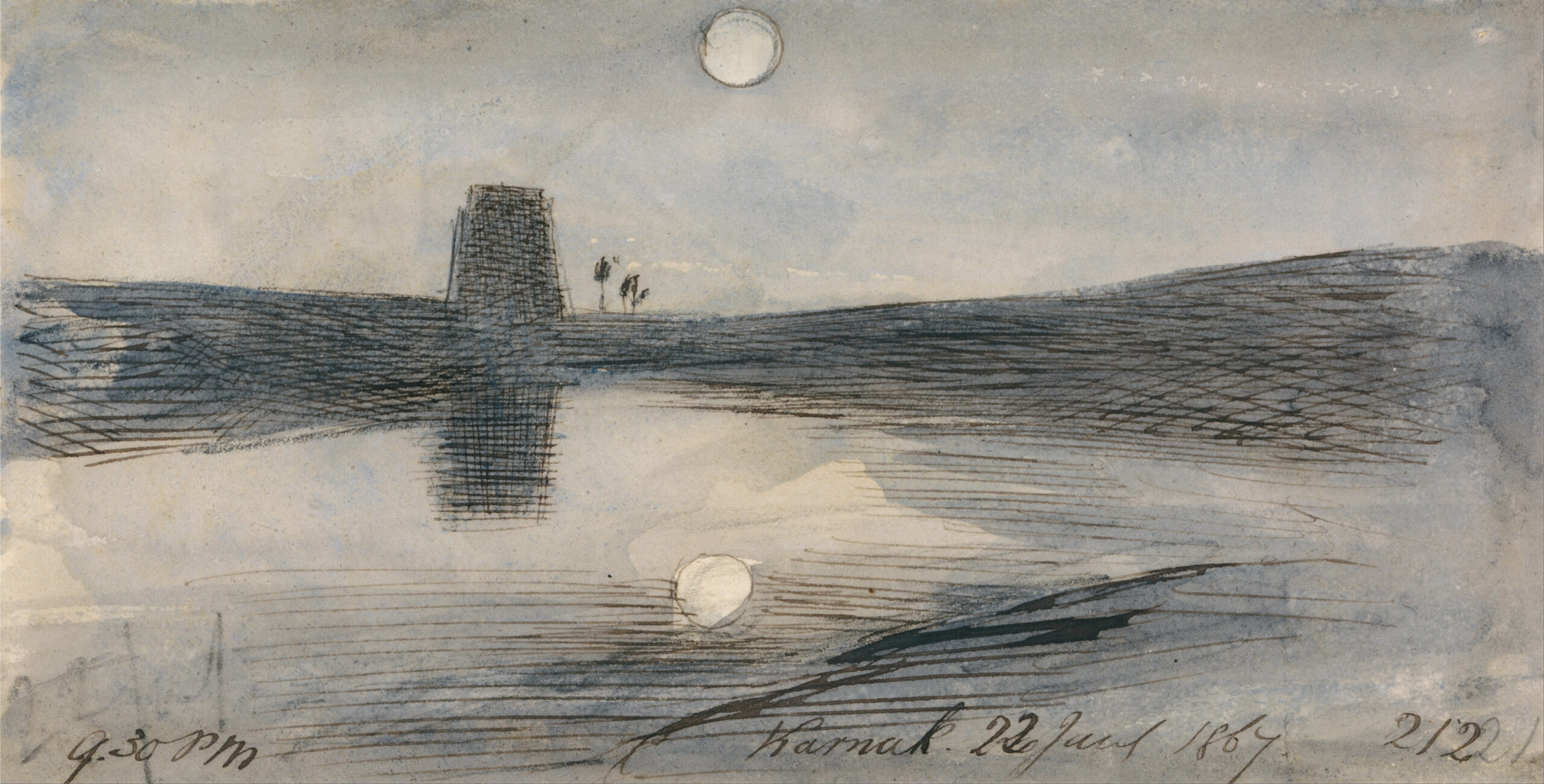The silent chambers of Western and Eastern wisdom, where ink maps the firmament and hours bear the weight of memory, contain the key to open the astrological chart as a temple inscribed in time. Each nativity unfolds as a clock wound by unseen hands; its gears forged of matter and a light older than dawn. For the ancients, the so-called “birth chart” stood as a living sanctuary; each quadrant a threshold and each angle a word unspoken.
Astrology, taught by the heirs of Alexandria, the Persians, and the wise of Andalusia, divides the heavens into twelve houses; four stand as sovereign. The Ascendant, the Imum Coeli, the Descendant, and the Midheaven serve as the four gates of the Temple; directions through which Spirit enters, roots itself, meets the Other, and rises to zenith.
One must talk this this Temple as Plotinus wandered his groves; as William Lilly pondered the hours in plague-stricken London; as Bonatti and Al-Biruni invoked the stars with reverence and craft. Let the doors be unveiled, each portal granting birth to the world anew.
I. The Ascendant: The Eastern Gate
All things rise in the East. The Ascendant, that first degree climbing the horizon at the hour of birth, stands as the breath before language; the threshold where the invisible is clothed in form. This moment grants incarnation to potential; the primal mask the soul selects as it passes from the silent night of the Womb into the commerce and clamor of day.
Dorotheus and the astrologers of Byzantium teach that the Ascendant, or horoskopos, is the commencement of life; the vital spark. At this gate, the daemons of the hour keep vigil; ready to inscribe the first word upon the wax tablet of flesh. The ancients crowned this point with the dignity of the first house; the helm of the vessel; the countenance and the manner by which the world is met.
A soul whose Moon rests upon the Ascendant carries the tides of the collective within its skin; Mars there engraves the visage with valor and contest; Venus imparts grace; Mercury confers quickness of wit and limb. Every Ascendant exceeds the catalogue of its ruler; the Ascendant stands as the lustral font where the Ineffable takes its first name. The mask and the membrane fuse; a liminal creation, neither wholly Spirit nor mere substance.
The traditions of the Arabs, from Al-Biruni to Abu Ma’shar, regard the Ascendant as the “gate of entry;” a space where fate awaits inscription; a margin where character both emerges and invents itself. All destiny bends upon this axis; the journey of the chart glimmers in its tint. Living with attention to the Ascendant is to keep vigil at the first ray; to polish the Mirror until dawn fractures on the face. The ritual of self-birth repeats in every meeting, every morning, and every crossing of a threshold.
II. The Imum Coeli: The Midnight Vault
Beneath the visible world lies the Imum Coeli; the IC; the nadir; the North of the sky. Its Latin name, “bottom of the heavens,” anchors the foundation; the hour of midnight; the deepest root from which all else ascends.
The tradition of the medieval doctors names the IC as the locus of ancestry, blood, and the unseen dead. In this chamber, the soul descends to the crypt of becoming; the IC glows as the midnight sun, unseen but fertile. Ancestral ghosts and primordial caves echo in its silence. The hidden spring that sustains the orchard rises from this well; neglect invites withering.
Saturn at the IC bears the weight of ancient oaths; Uranus severs chains with a flash; Neptune enshrouds the root in fog, prompting the pilgrim to seek clarity in darkness. At the IC, riddles speak through the lips of ghosts; the work of tikkun commences in stillness. Rituals enacted at the IC remain private; a candle for the dead; a closed eye at midnight; a name remembered. The altar beneath the floorboards; the labyrinth below the cathedral. This is the keeper of the well; all edifice above rests on its health. Honoring the IC is a bow to the darkness birthing light.

III. The Descendant: The Western Portal
The Sun descends in the West. So too the soul, upon the road of its days, seeks the Mirror of the Other. The Descendant, the cusp of the seventh house, offers the place of encounter: with lovers; with adversaries; with every face that fractures the illusion of solitude.
Astrology in the Latin and Persian traditions regards the Descendant as the portal of union and dissolution. Ptolemy titles it the “House of Marriage;” for Bonatti, it becomes the hour of negotiation and confrontation. At this portal, the mask of the Ascendant is tested, cracked, sometimes remade. The Other arrives with the key to undoing and flowering alike.
A benefic planet at the Descendant grants harmony, contract, sweetness of mutual gaze; a malefic introduces the sacred wound; the alchemical burn of real encounter. In all cases, the Descendant is the axis of reflection; the polished Mirror wherein self perceives its shadow, its twin, its daimon. To walk the Western Portal with reverence is to consent to the sacrament of relationship; to court the risk of transformation under another’s eye.
The West stands as the hour of evening, of twilight, of dissolution and promise. The banquet hall, the confessional, the dueling ground. Every encounter becomes sacrament; an experiment in seeing and being seen; an opening of the wound where the world pours in.
IV. The Midheaven: The Meridian of Noon
At noon, the Sun stands highest; the world strips itself of shadow. The Midheaven, or the MC, marks the zenith; the altar of public action; the station of vocation; destiny in the full glare of day.
The Greeks called it mesouranema, the “middle of the heavens.” The astrologers of the Middle Ages see there the royal road, the seat of renown; the summit where one’s works are read by the tribunal of daylight. The MC forms the pinnacle; the torch upon the hill; the moment when secret oil is poured with ceremony. This is where the world expects, and the soul must answer.
Planets at the MC shine with reflected fire; the Sun here is a double flame; Saturn imparts the crown of endurance; Venus confers the fragrance of unveiled beauty. The MC extends far beyond the narrow realm of career; it forms the axis of fate and fame; service and sacrifice; the hour when the offering becomes visible. To approach the MC is to make one’s gifts with clean hands; homage to the order of the cosmos. Ritual becomes public; consequences echo beyond the hour. The MC tallies the ambition of youth and the reckoning of age; the axis on which the world awaits, and the soul responds.
Epilogue: The Gnomon and the Glass
Saint Augustine called time a distension of the soul. The temple of the zodiac is its clock; the four pillars are both hour and door. Each is a prayer of incarnation. The Ascendant opens with breath; the IC descends into root and night; the Descendant invites the Other to the feast of wounds; the MC stands at zenith, stern and clear.
To know these portals is to walk the labyrinth with a lamp in hand. The Mirror, that living archive of encounter, secret, rite, polishes itself in these hours. The soul journeys through them as a priest with key and torch; never captive, never idle.
Let every dawn call for vigil; every midnight for remembrance; every sunset for promise; every noon for revelation. The Temple stands, invisible yet perpetual, rebuilt in each life. The hours keep their silent watch; the Mirror endures.
Fiat lux.
